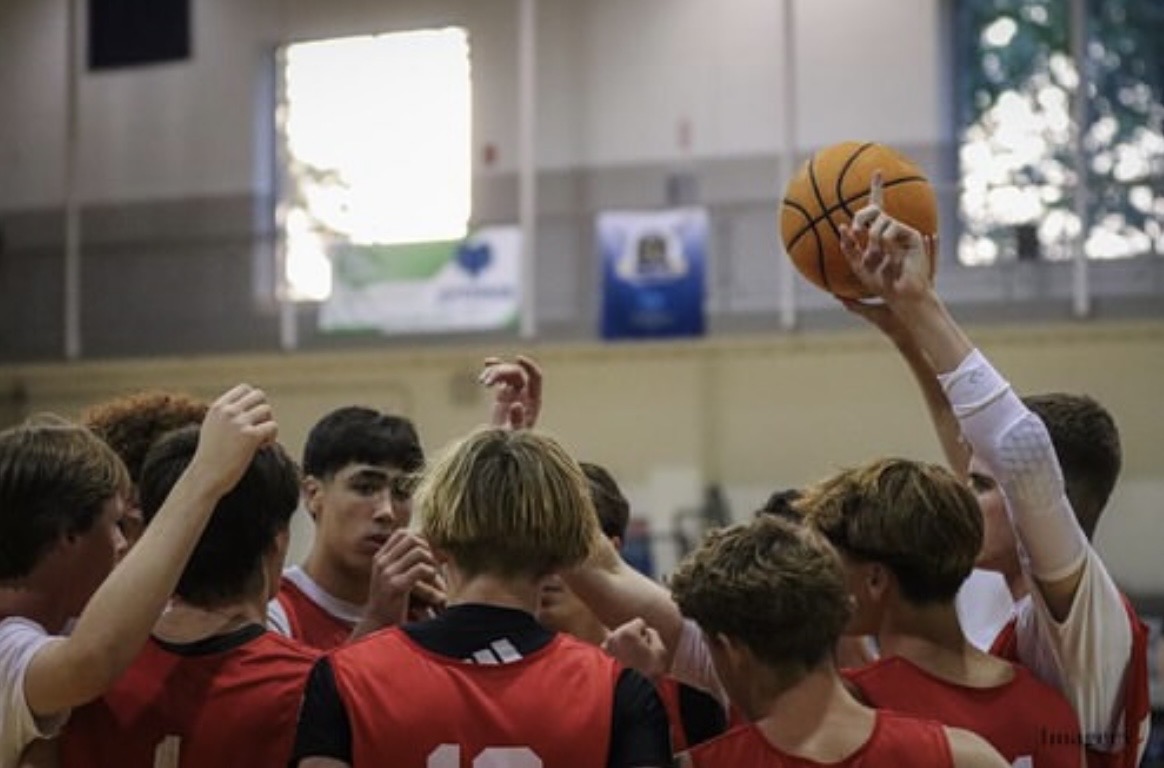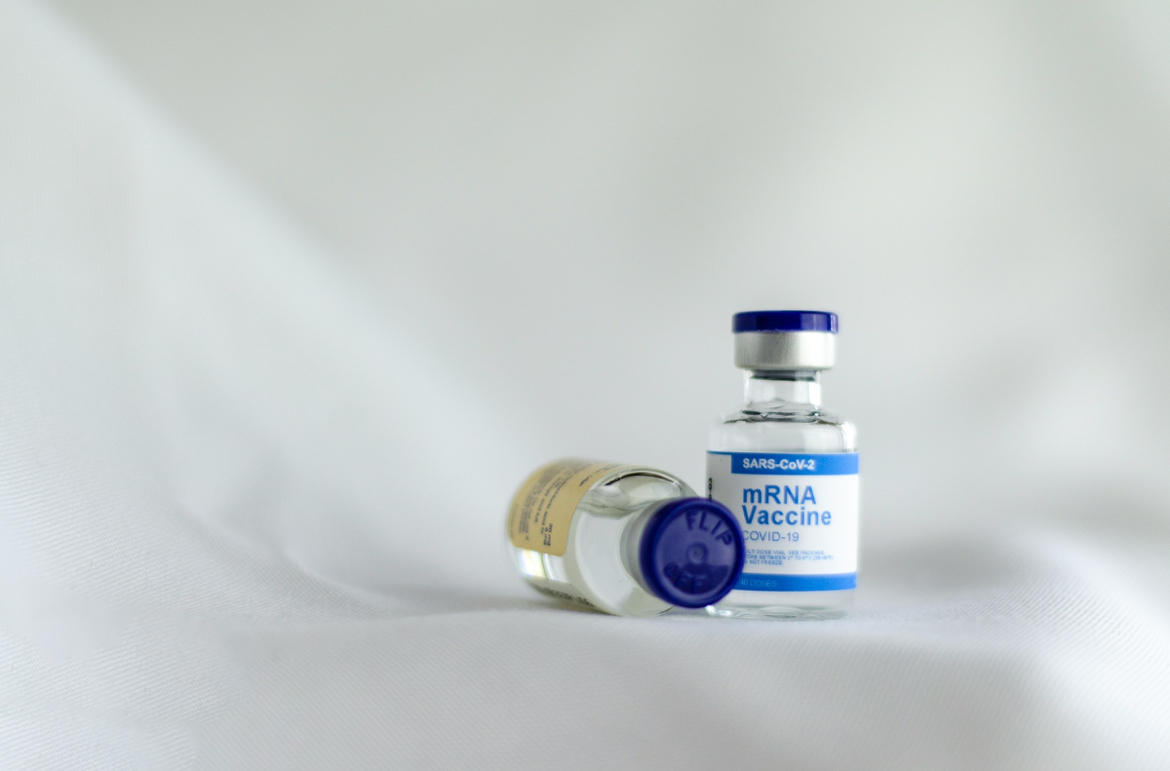“Protect and perform…provides a ‘set of eyes’ on the player…smart helmet technology for smart play at all levels,” proclaims the advertisement for the latest athletic automation from Riddell. In an attempt to better evaluate football players for the risk of concussions or further injury, Riddell has recently chosen Cathedral Catholic High School to be the first school nationwide to test the Riddell InSite Impact Response System, a system that head football coach Mr. Sean Doyle fully plans on implementing for years to come.
The Riddell InSite helmets are “a new, surrogate system designed to alert youth and high school coaches and trainers of hits that may put their players at risk of concussion,” as stated in a document provided by Riddell’s media relations manager Erin Griffin. The InSite Impact Response System model is based on over 2 million hits recorded predominantly at the NCAA (National Collegiate Athletic Association) Division I level. It evaluates four major components of impact risk, including duration, location, and both linear and rotational acceleration, allowing trainers on the sidelines to become privy to impacts exceeding a certain amount of G-force. The basis of the alerts that reach trainers are the impact “thresholds” corresponding to both player position and skill level.
While similar devices with more advanced systems have been used previously in the NFL and even the collegiate level of the sport, Coach Doyle explained the reasoning behind contracting one of the more basic versions of the helmet. “We only have 24 of the helmets, each costing several hundred dollars. The ones that are used in the NFL and college levels cost anywhere between $1000-$1500 dollars each. We cannot afford one for all sixty players, so the players with helmets are our starters with the most playing time. We tried to get a handful of players from different positions to get the full spectrum of things.”
Dons trainer Tara Hall said that “higher level versions provide a lot more information as far as the actual level of impact. The ones we use, then, are low level, high school branded versions of those.”
This is not to say, however, that the technology involved is not ground breaking. As Tara said, “Inside the lining of the helmet are sensors that coincide with the air filters already in place. These sensors read the level of impact on the helmet, so long as it is great enough. When this happens, I get an alert on a device I carry. The device has all the names and information of the athletes with sensors in their helmets, so I just click on a name and it tells me information on the registered impacts they’ve received. I can later download all the information onto a main computer.”
Coach Doyle also said that “you cannot take it off to see how hard you can hit it and have that hit register. Meaning, nothing will show up on the sensors if you take the helmet off and slam it into the ground, for instance. It only registers when an athlete wears it. If they receive a bad hit, we’ll take them out…Before, when I was in high school, we never had trainers and doctors on the sidelines. It was old school. I remember one hit I took, and I mean, everything was black for almost until the next play started; but you didn’t think twice, which isn’t necessarily great. One hit here-and-there is okay, but there will be a difference between high school, college, and pro players.”
“In the last two to three weeks we’ve been using the helmets at practice, only four hits have registered. It will be interesting to be a part of this groundbreaking technology and see where it goes. Long-term effects can come out of all of this, years later. These things last long though: the sensors stay in the helmets and they are washable. All and all, it is interesting for people to hear about at this level. The existing concern is the huge pounding hits our athletes take, although four in three weeks is not too bad. The cool thing is that they can do really great studies on concussions with this, since the device tells you which guy is playing what position, such as quarterback or running back,” Doyle said.
This is not to be confused, however, with the notion that Cathedral Catholic is using these helmets for research possibilities. Rather, Tara said that they are additional tools that may be used for – and could possibly enhance – the evaluation process. “I don’t know if I like them yet. Potentially, I might. It is something that we’re really testing to see if it helps us in evaluating head injuries. It will also be interesting to see how the aggression in games compares to that of practice. Just last Friday, during a scrimmage, there were five alerts; more than the four we’ve had in the three weeks prior. It’s because we were actually playing teams.”
The players also haven’t had any aversion towards the helmets. Even knowing that they are being tested, the Cathedral Catholic football players are yet to be distracted by any differences or concerns about being injured. Clayton Dale, varsity quarterback, said, “When you play sports, especially football, you have to go hard from start to finish. Injuries like that are just part of the game. You play each play like it could be your last.”
Dan Arment, president of Riddell, agrees. “We were the first to implement head impact exposure monitoring and recording systems with our HITS/SRS technology, which is embedded into helmets used at the elite level, so it’s fitting that we would develop this innovation to better support programs at all levels of play who want this intelligence at their side…Continued advancement in helmet technology, such as impact response systems, is a vital step in proactively protecting our young athletes. Our hope is to see InSite on the field – in every practice and every game – to help better protect players.
“Smart helmet technology for smart play at all levels” indeed.
To view a video depicting the helmets, click here.
In addition to information obtained via interviews conducted by our staff, information found in this article was also provided by a statement from Erin Griffen, Riddell’s Media Relations manager.
For further information concerning the Riddell InSite helmets, see http://www.riddell.com/InSite.






















































